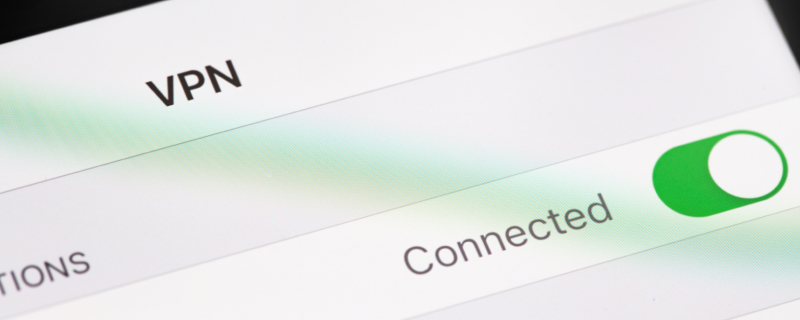Experiencing a failed VPN connection can be frustrating. This guide provides a detailed walkthrough to troubleshoot and resolve common issues, restoring your secure online access.
Understanding Common Causes of VPN Connection Failures
Identifying the root cause of VPN failures is crucial. Issues can range from server problems to incorrect settings.
Step 1: Verify Your Internet Connection
Ensuring a Stable Internet Base
- Test Your Connection: Before delving into VPN-specific issues, ensure your basic internet connection is stable and active.
- Switch Between Wi-Fi and Data: If you’re on Wi-Fi, try switching to mobile data, or vice versa, to rule out network-specific issues.
Rebooting Your Router
- Restart Your Router: This can resolve many basic connectivity problems.
Step 2: Check VPN Server Status
Server Availability and Load
- Server Status: Check if the VPN server you’re trying to connect to is online and functioning.
- Change Servers: If the current server is down or overloaded, try connecting to a different server.
Step 3: Update VPN Software
Keeping Your VPN Up-to-Date
- Check for Updates: Regularly update your VPN software to the latest version for bug fixes and improved functionality.
- Automatic Updates: Enable automatic updates in your VPN settings if available.
Step 4: Inspect VPN Client Settings
Configuration and Authentication
- Review Settings: Verify that your VPN settings and credentials are correct.
- Re-enter Credentials: Sometimes, re-entering your VPN username and password can resolve connection issues.
Protocol Selection
- Change Protocols: If your VPN allows, try switching between different protocols to find one that works best for your network.
Step 5: Disable Firewall or Antivirus Temporarily
Checking Security Software Interference
- Disable Temporarily: Sometimes, firewalls or antivirus programs can interfere with VPN connections. Temporarily disable these to test the connection.
- Whitelist VPN: If the VPN works with these disabled, whitelist your VPN in the firewall or antivirus settings.
Step 6: Reinstall VPN Client
Fresh Installation Approach
- Uninstall VPN Client: Remove the current VPN software from your device.
- Reinstall: Download the latest version of the VPN client from the official website and install it.
Resetting Configuration
- Reconfigure VPN: After reinstallation, carefully re-enter your VPN settings, ensuring they match your service provider’s recommendations.
Step 7: Reset Network Settings
Restoring Network Defaults
- Reset Network Settings: This can help clear any network-related conflicts that might be causing the VPN issues.
- Re-establish Network Connections: You will need to reconnect to your Wi-Fi networks and reconfigure any other network settings post-reset.
Seeking Expert Assistance
- Consult Support Resources: Many VPN providers offer comprehensive guides and FAQs on their website.
- Reach Out for Help: If issues persist, contact the support team of your VPN provider for personalized assistance.
Conclusion
Restoring Your VPN Connection Effectively
Through this guide, you should be able to identify and fix most common VPN connection failures. Each step is designed to tackle specific aspects of VPN troubleshooting, from basic connectivity checks to more in-depth software and settings inspections.
Ensuring a Smooth VPN Experience
Remember, regular updates, proper configuration, and understanding how your firewall or antivirus can affect your VPN, are key to a hassle-free VPN experience. If all else fails, don’t hesitate to reach out to your VPN provider’s support team for expert advice.
Stay secure and connected with a properly functioning VPN!





